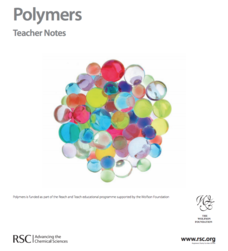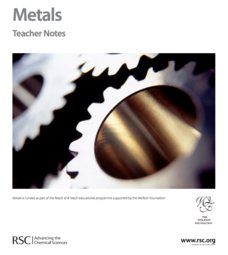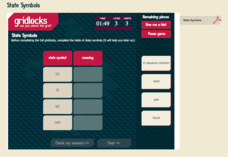Royal Society of Chemistry
Polymers—Gifted and Talented Chemistry
Polymers are an important part of our day-to-day lives, but how much do your pupils know about them? Learn the basics and beyond in a series of activities designed to build skills in observation, planning, organic chemistry, and bonding.
Royal Society of Chemistry
Equilibria—Gifted and Talented Chemistry
Teaching is a balancing act! Keep things on an even keel with a comprehensive equilibrium lesson plan. The resource covers reversible and irreversible reactions, Le Chatelier's Principle, and the industrial applications of equilibrium...
Royal Society of Chemistry
Metals—Gifted and Talented Chemistry
Malleable, magnetic, mesmerizing metals! Pupils love learning about metallic elements, especially through the hands-on activities in an engaging lesson plan. The resource provides thorough instruction on the properties of metals, the...
Curated OER
Basic Subtraction Facts
In this basic subtraction facts worksheet, students problem solve and calculate the answers to twenty subtraction equations. Students double-check their answers with their classmates.
CK-12 Foundation
Scientific Models: Mathematical, Physical and Conceptual
This is one super model interactive! Middle and high school science scholars examine scientific models through a simple resource. Guided, hands-on practice allows them to classify conceptual, mathematical, and physical models. Other...
Curated OER
Chemical Reactions
In this science worksheet, middle schoolers use basic scientific concepts to complete the series of puzzles that are intended to increase science literacy and one activity has one name the type of chemical reaction that is taking place.
Royal Society of Chemistry
State Symbols
When water is a solvent in a chemical equation, we consider it an aqueous solution. Scholars match the name of four states of matter to their proper symbol in a chemical equation. Four puzzles provide repetition to help pupils remember...
Curated OER
Lesson Plan with Technology - Introduction to Elements and Symbols
Students use a computer program to study elements and the periodic table. They follow the directions on the computer program, and answer the questions presented. The program is self scoring, and students may print a certificate that...







